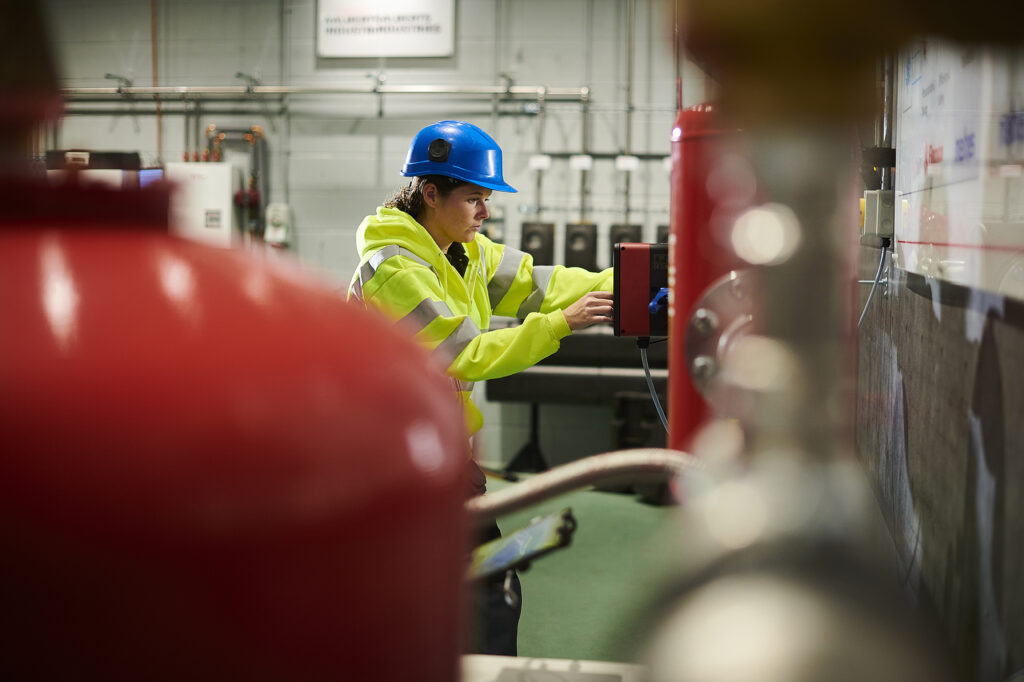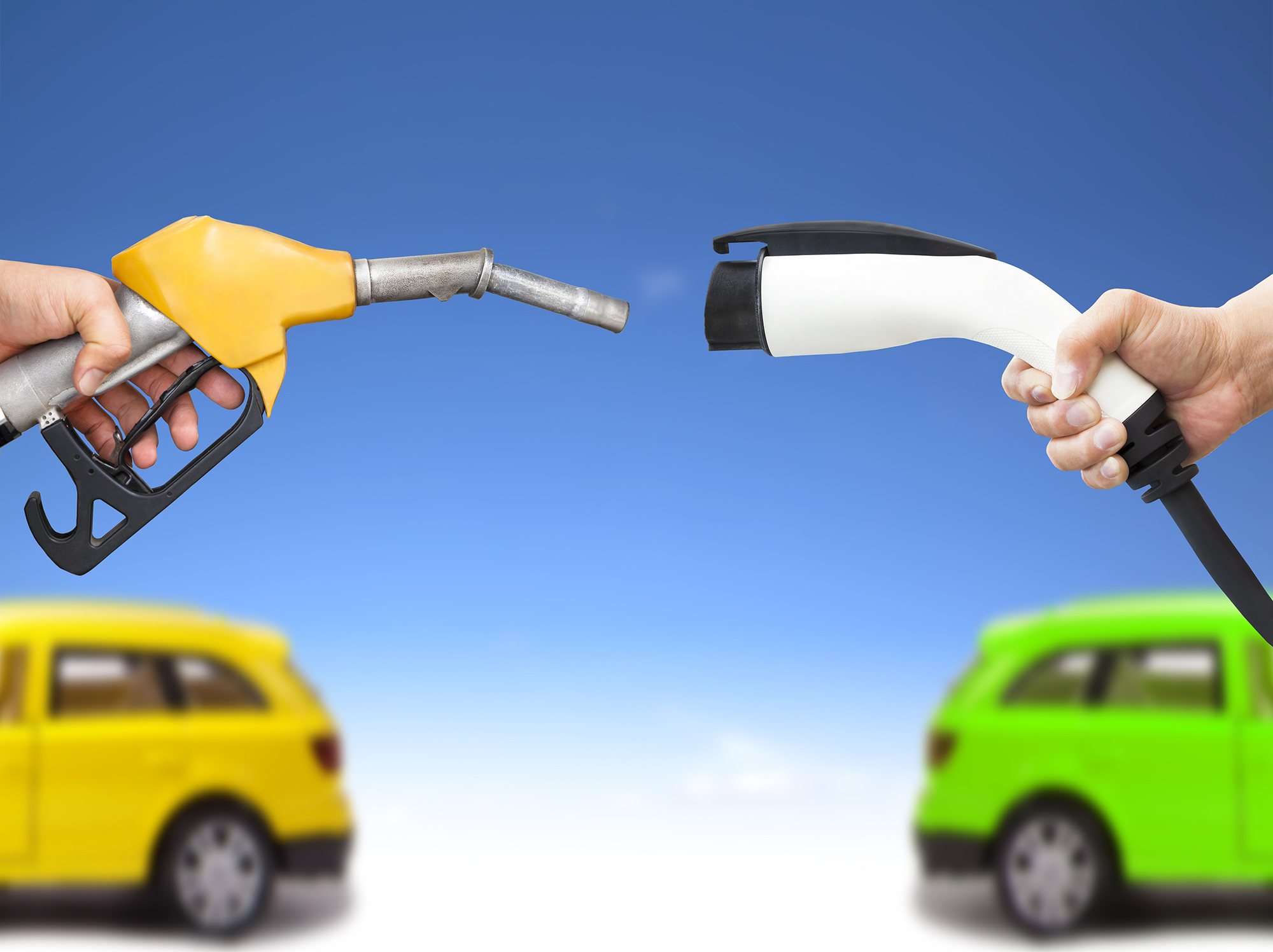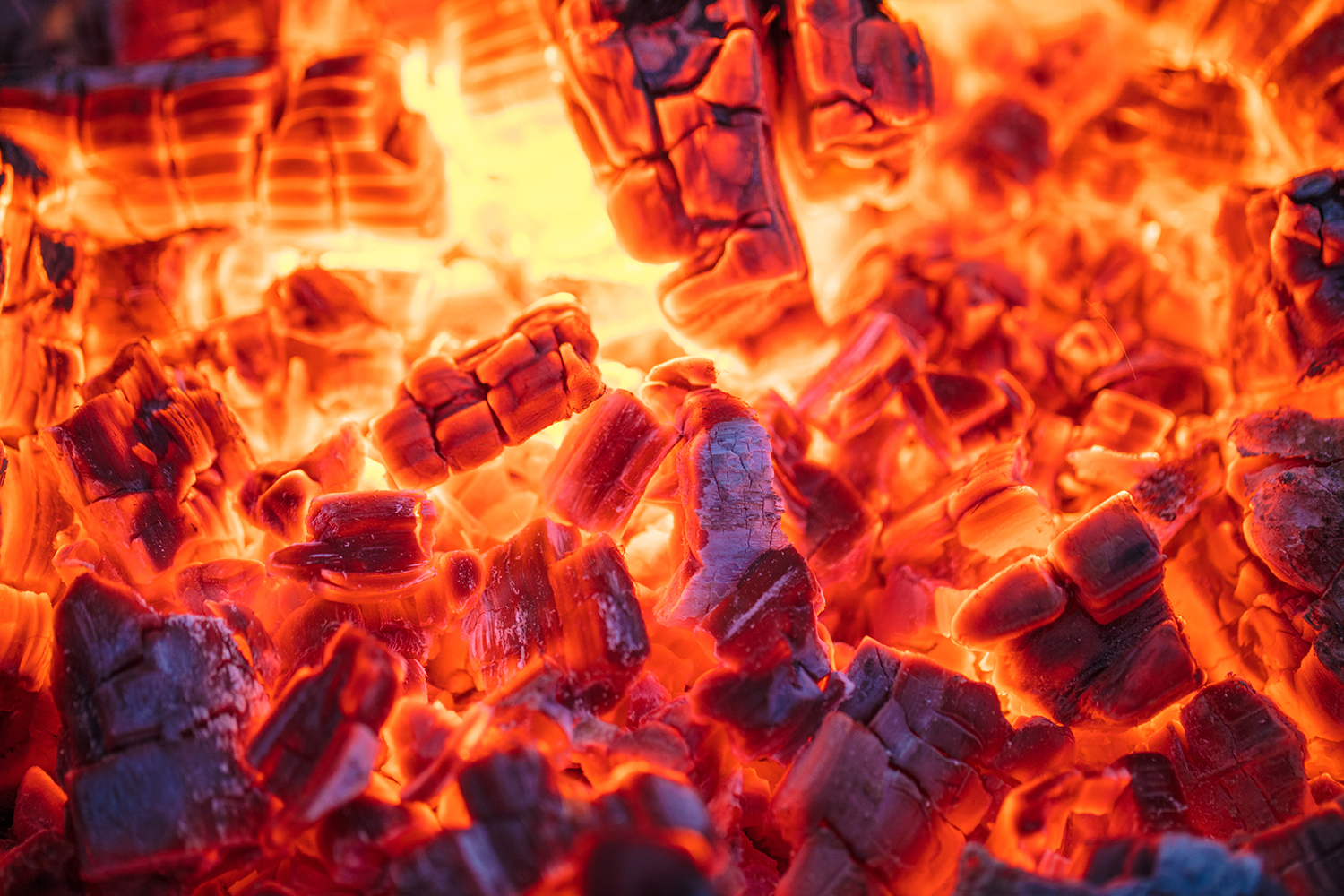What is the best approach to deliver low temperature and low carbon heat networks?
Can heat consumers enjoy affordable, reliable and low carbon heat? Can heat suppliers lower capex and opex spends and also deliver excellent heat network performance?
What options are out there?
Demand side response
The is about balancing the local grid through embedding flexibility into the design of heat and power usage. As a result the energy required to meet actual demand is minimised.
Fabric first upgrades
This may include fitting insulation or double-glazed windows. These are often quite invasive and disruptive for residents and relatively expensive as a consequence.
Dynamic real-time control
This is managing the energy (the heat) in response to actual conditions and targeting specific return temperature requirements. As such, it is an intervention that is dealing with control, therefore an automatic and ongoing positive impact.
Heat source selection & specification
We can fit a new heat source technology but unless we create the conditions, delivering low return temperatures, it may sit idle. For example, quite a few Gas CHP units have been installed in the last twenty years, as a low carbon measure, but have never been turned on.


At Minibems we proportionally control the heat going into each heat consumer – matching heat supply with real-time demand by varying the flow rate. Our next webinar will look at:
- The difference between real-time control responding to real-time conditions versus model-based control strategies
- Why applying dynamic control authority is a critical element of enabling low temperature and therefore low carbon heat networks
- How heat networks without control at the point of use have only limited control over the whole of the heat network
- How using data in real-time solves real world problems
A Minibems heat network is over 70% efficient which is well above the average efficiency of heat generated to heat consumed. Typical heat networks are inefficient as they are over-delivering heat most of the year because the controls are set to operate as if it were always cold outside.
There is much less over supply of heat because the Minibems HIU is a Smart HIU – with a dozen components connected online giving real-time control, monitoring and diagnosis. As a result:
- Central boiler plant no longer cycles
- Gas CHP no longer derate
- Heat pumps and other low temperature heat sources are now viable all year round
- Heat network are decarbonised from day one of operations

Latest news
Minibems delivers equivalent carbon savings to converting a petrol car to an electric car, for twenty times less capital cost
Reducing our carbon footprint is typically an expensive task requiring extensive capital investment. However installing Minibems onto a heat network typically saves 1 tonne of carbon, per annum, for every apartment it’s fitted into.
Minibems can reduce residents heat tariffs by as much as 22 pence per kWh
With gas prices soaring the opportunity for real and tangible cost savings on heat networks has never been greater.
Cut the carbon in your heat network today
Minibems can cut an average of 1 tonne of carbon emissions per home per annum – saving you money too. By controlling each apartment with our unique and patented Dynamic flow control system we achieve the savings by optimising flow rates through your HIU.
Cut your heat network costs with Minibems
As finance managers across the UK know, managing budgets is a weekly challenge during these unprecedented times for energy price hikes. This isn’t just bad news for those in charge of managing operational budgets for heat networks, it’s also bad news for families.
Interested in finding out how we can optimise your heat network?



